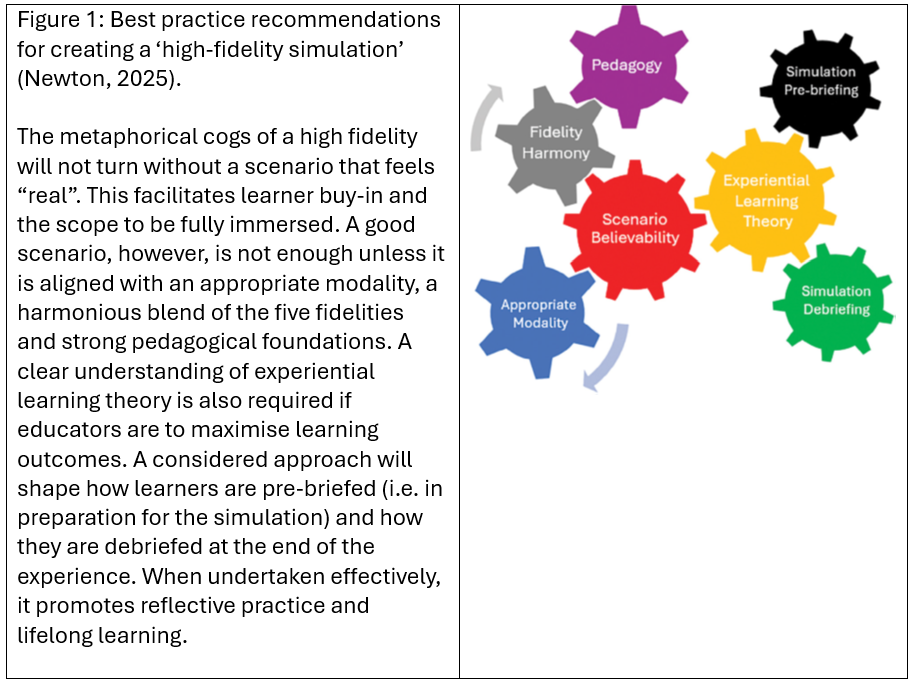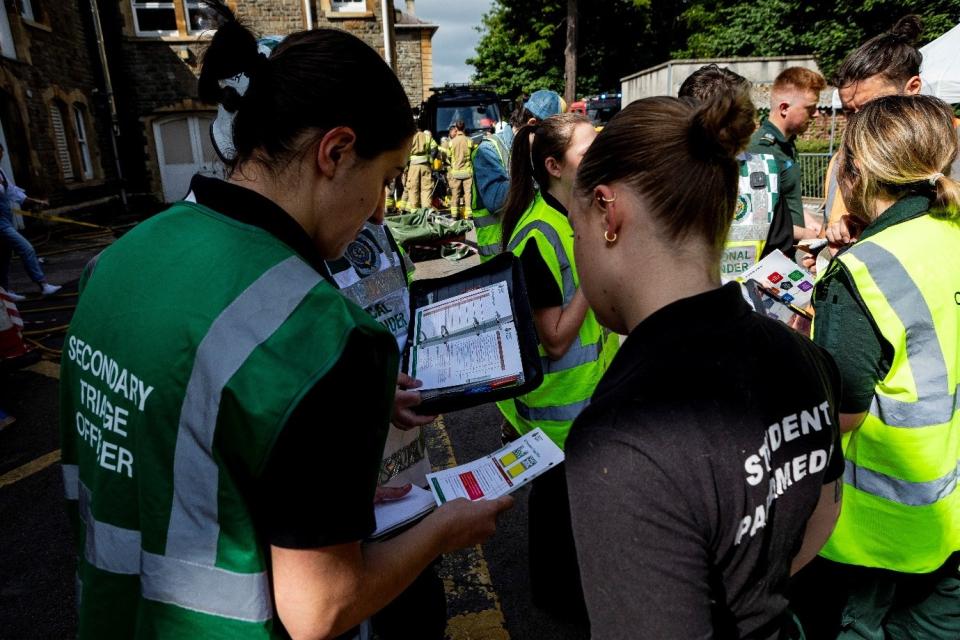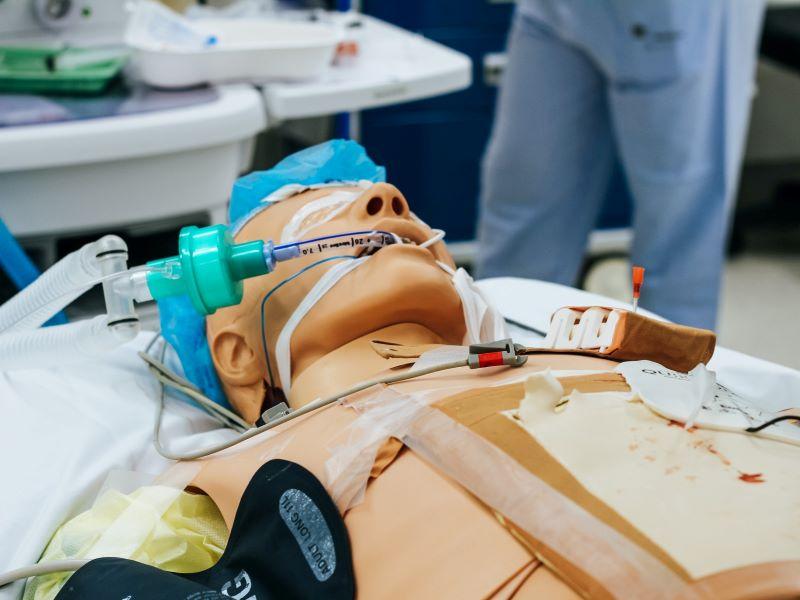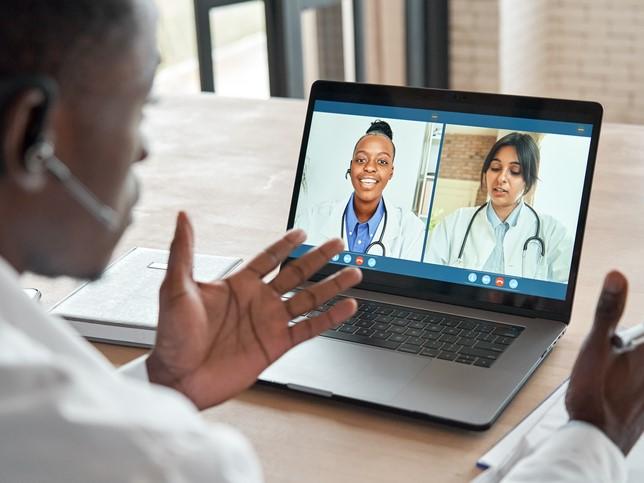Simulation-based learning, a form of experiential learning, enhances critical thinking and knowledge retention and retrieval. When effectively orchestrated, it translates newly acquired knowledge into practical solutions, helping produce work-ready graduates.
One particular type of simulation-based learning, interprofessional simulation (IPS), allows participants from two or more healthcare professions to learn with, from, and about each other to improve interoperability. When effectively undertaken, it can offer first-class learning experiences and substantial institutional gains. But it represents an ambitious and challenging undertaking requiring dedication, attention to detail and the ability to pre-empt problems and find effective solutions. Here are three tips for those wishing to implement effective and impactful IPS.
Curate an effective project team and plan the IPS
The first step is to curate an appropriate project team, which includes subject matter experts from each participating profession. These individuals do not have to be experienced in simulation-based learning, and recruiting them should be influenced by their interest in the area of practice for the IPS. The main responsibilities of the subject matter experts are to ensure authenticity in the scenario scripting and to safeguard quality control.
- Spotlight guide: lessons from the THE Awards 2025 shortlist
- Campus podcast: the future of XR and immersive learning
- The power and the peril of virtual reality in higher education
Next, an exercise director should be appointed to coordinate and orchestrate the operational delivery of the IPS from start to finish. Sometimes, the instigator of the IPS will need to adopt this role themselves. The project team should then draft a storyboard of the proposed IPS that showcases a structured sequence of simulated events. The finished draft can then be reviewed and refined.
The project team should then present the IPS to senior leaders. This should include information on the budget and how best to fund the project. The team must:
- Consult with all parties involved
- Acquire the appropriate technical support
- Undertake a comprehensive risk assessment
- Secure adequate financial backing
- Adjust workload and workflow for every member of the project team
- Carefully consider timetabling so that all members can take part.
Failing to address these elements robustly can compromise the overall learning experience, lead to staff and student disappointment, and in extreme circumstances, result in personal, financial or reputational harm.
To troubleshoot unforeseen challenges, conduct a dress rehearsal of the IPS without learners or observers present. Taking the time to do this will improve staff confidence and create a deeper understanding of how the IPS will run.
Deliver the exercise as a ‘high-fidelity’ simulation
IPS is perhaps best delivered as a “high-fidelity” simulation (HFS). Simply put, it represents the most realistic form of simulation-based learning. During this exercise, participants can suspend disbelief and treat the simulation as if it were in fact “real”.
HFS is not suitable for learners who lack knowledge and competence and should be used when the aim is to hone performance. There are seven fundamental components to consider when creating an effective HFS. These are presented as a best-practice infographic in Figure 1. You can read more about the seven fundamentals here.

Conduct an effective evaluation
Typically, project teams direct their efforts towards the intricacies of the simulation itself and, as a result, overlook the importance of evaluation. However, recognition of strengths and weaknesses will facilitate growth and sectoral advancement. I recommend “hot debriefing” learners immediately after an IPS to capture questions and emotions and facilitate meaningful reflection. Offer a question-and-answer session at the end of the module to address outstanding queries, and congregate for a debrief within four weeks of the IPS. This enables institutions to reflect and use new learning to enhance their future practice.
IPS should be regarded as a challenging undertaking, but representative of a teaching and learning approach capable of producing high-impact results.
Jon Newton is a senior lecturer at the University of the West of England. He has been nominated for Most Innovative Teacher of the Year at the Times Higher Education Awards 2025 #THEAwards. A full list of shortlisted candidates can be found here.
If you would like advice and insight from academics and university staff delivered direct to your inbox each week, sign up for the Campus newsletter.




comment